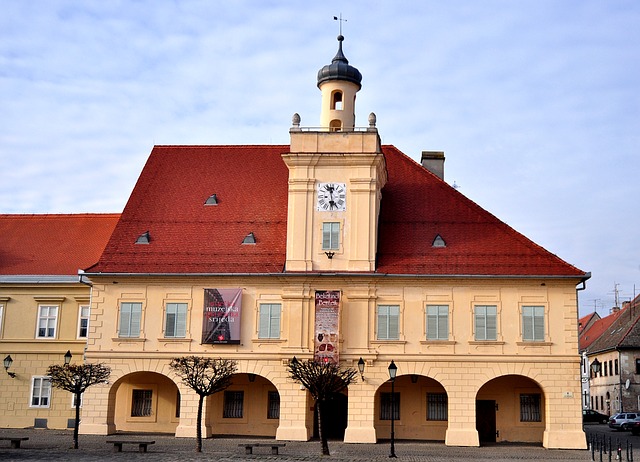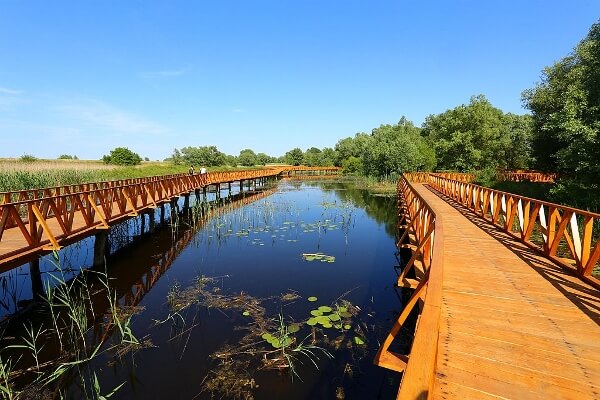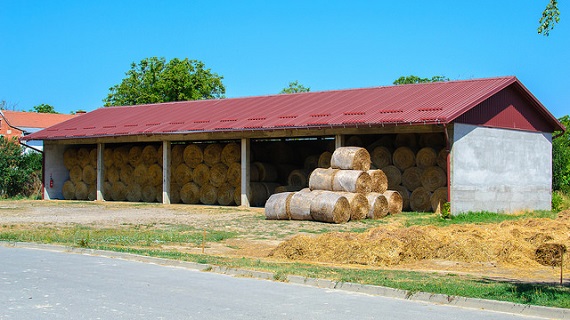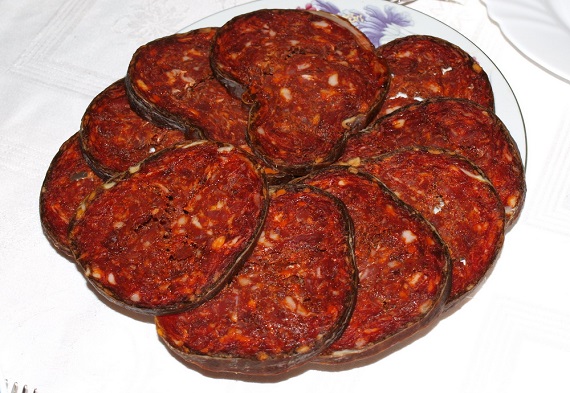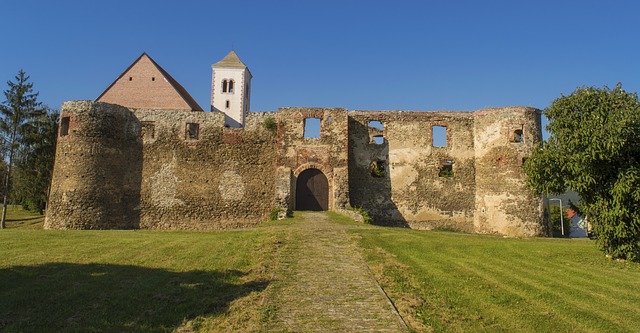From its baroque architecture and antique galleries to its idyllic romantic sports, Varaždin in the north of Croatia packs a variety of attractions. The fusion of old-day architecture with music and youthful moxie create a feeling of timeless luxury – one you should endeavor to soak in every time you’re in Croatia. And here’s how to experience this beautiful place.
Explore the culture – Instead of the usual visual sightseeing, immerse yourself in the city’s historical, intangible, cultural and natural heritage. Aim for the following first-hand experiences to make your trip truly fulfilling.
Participate in creative pottery and craft
Get a nice tour guide to introduce you to the local trade and craft. Visit the pottery shop and learn how to craft unique handmade dolls, traditional wine steins, and štubleks. Learn how to make honey-baked bread, biscuits, and how to extract oil from pumpkin seeds.
Visit the Stari Grad fortress
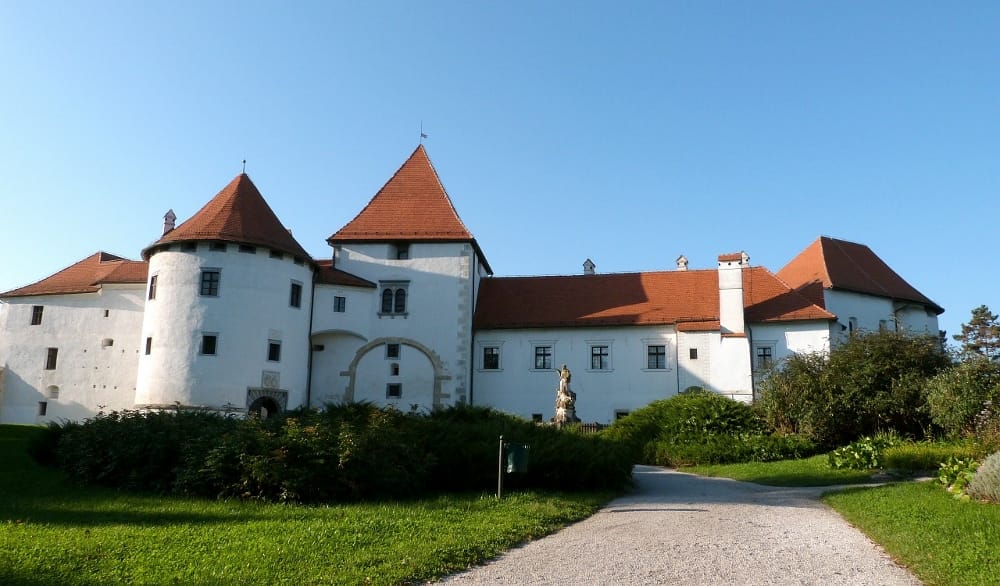
This medieval fortress houses the city museum that bears the city’s history spanning to the 12th century – the Counts of Celje. Visit the Petar Hektorovic Castle – built by the Renaissance poet -here you will get a chance to interact with fish, people, and birds. See the stone inscriptions bearing his motto in Latin and Italian.
Visit the city cemetery
Deemed among Europe’s best cemeteries, this is a beautiful place to take a stroll. Relax in the mystique created by the tombstones and meditate about life.
Sample the cuisine and local craft drinks
Croatian culture together with its cuisine has for years attracted tourists to the country. In Varaždin you can have a taste of:
- Mlinci – pasta baked in juices
- Croatian brudet – fish stew
- Lignje – a stew of fried squid served with polenta
- Zlevanka – cornmeal pastry with cheese, cream or plum jam fillings
- Plavac mali popsip and medonja drinks.
Explore the beautiful architecture
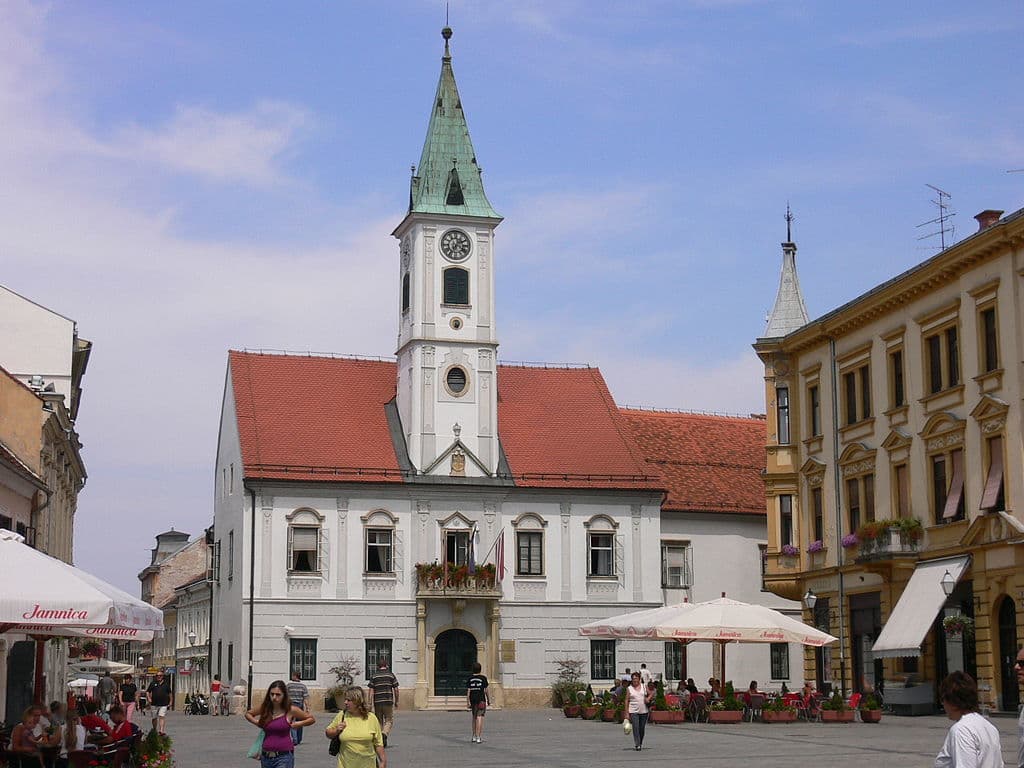
Marvel at the architectural buildings such as Varaždin castle and the Cathedral of Assumption of The Virgin Mary. A trip to Varaždin is like a step back through a time machine to the reformation and renaissance era. The baroque style architecture gives a shout out to the Jesuits. Visit the statue of Ninski -deemed to bestow good luck. Grgur Ninski was a Catholic bishop who initiated the use of Croatian language in his sermon.
Visit a spa
Enjoy traditional treatments that attracted the Romans to this country centuries ago. You can visit Spa Centar Lavandula and enjoy your day off in the skilled hands of body care professionals. You can pamper yourself to:
- Aromatherapy
- Mud treatment
- Hot Stone massage
Get souvenirs
Varaždin is known for its cultural heritage. There’re local shops selling artifacts and antiques that are the perfect souvenirs if purchased as gifts to your loved ones. Souvenirs categories in Varaždin include fragrant souvenirs, pottery souvenirs, decorative objects, and more. Get items such as:
- Šestine umbrella
- Craaloosh jewelry
- Croatian lace
- Licitar heart
Enjoy cultural festivals
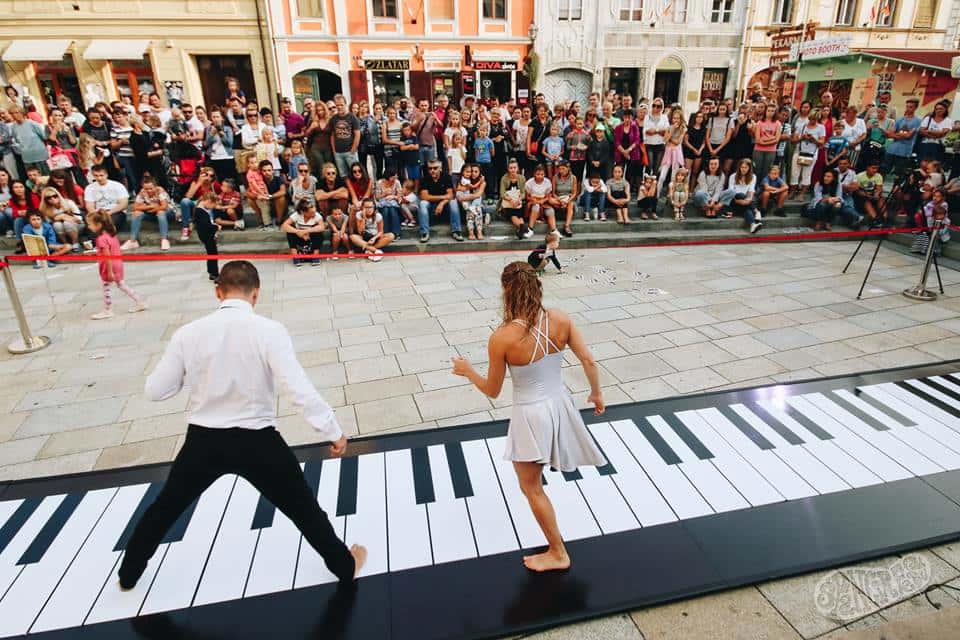
If you tour Varaždin during September and October, you can immerse yourself in lovely evening baroque music festivals and catch a performance by Croatia’s talented musicians. Other festivals include the Špancirfest where street performers and artists line the streets in costumes showcasing various talents and expressing themselves freely. Celebrate the creativity of the locals as you watch the Varaždin folk dance.
Explore the world of insects
Varaždin has the World of Insects museums that has about 4500 entomological collections. Marvel at the colorful array of butterflies as you bond with the natural world.
Explore the city’s obsession with angels
Through his baroque artistic work, Željko Prstec wants you to know that Varaždin is where angels sleep. Soak in this spiritual theme at the museum of angels that showcases some of his best work. Some other winged baroque angels are in the streets and cathedrals.
Explore the city’s romantic spots
Varaždin is a beautiful city for couples too. You can take a stroll in idyllic settings such as the Drava River waterfront – its tranquil lovefest ambiance offers pleasant sunset views.
In retrospect, whether you are looking to learn the history of Croatia or cool places to be seen spotted at during evenings and weekends, Varaždin has got your back.
Booking.comFeatured photo by Ex13 / Licence: CC BY-SA 3.0


